
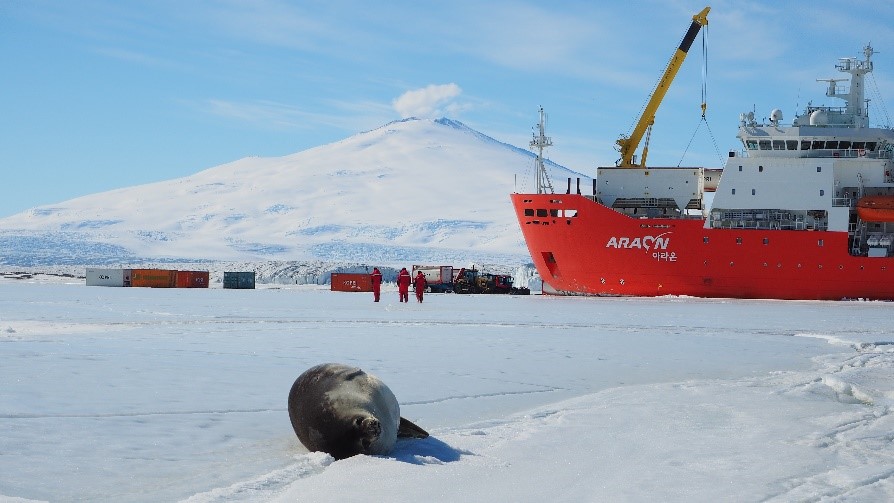
Tasmanian researchers are this week using the latest in modern technology to cast new light on an Antarctic landmark discovered 113 years ago by explorer Robert Falcon Scott.The massive Drygalski Ice Tongue, which projects 70-kilometres into the sea from its parent glacier, was first spotted by Captain Scott in January 1902 from his wooden sailing ship Discovery.
15 Dec 2015
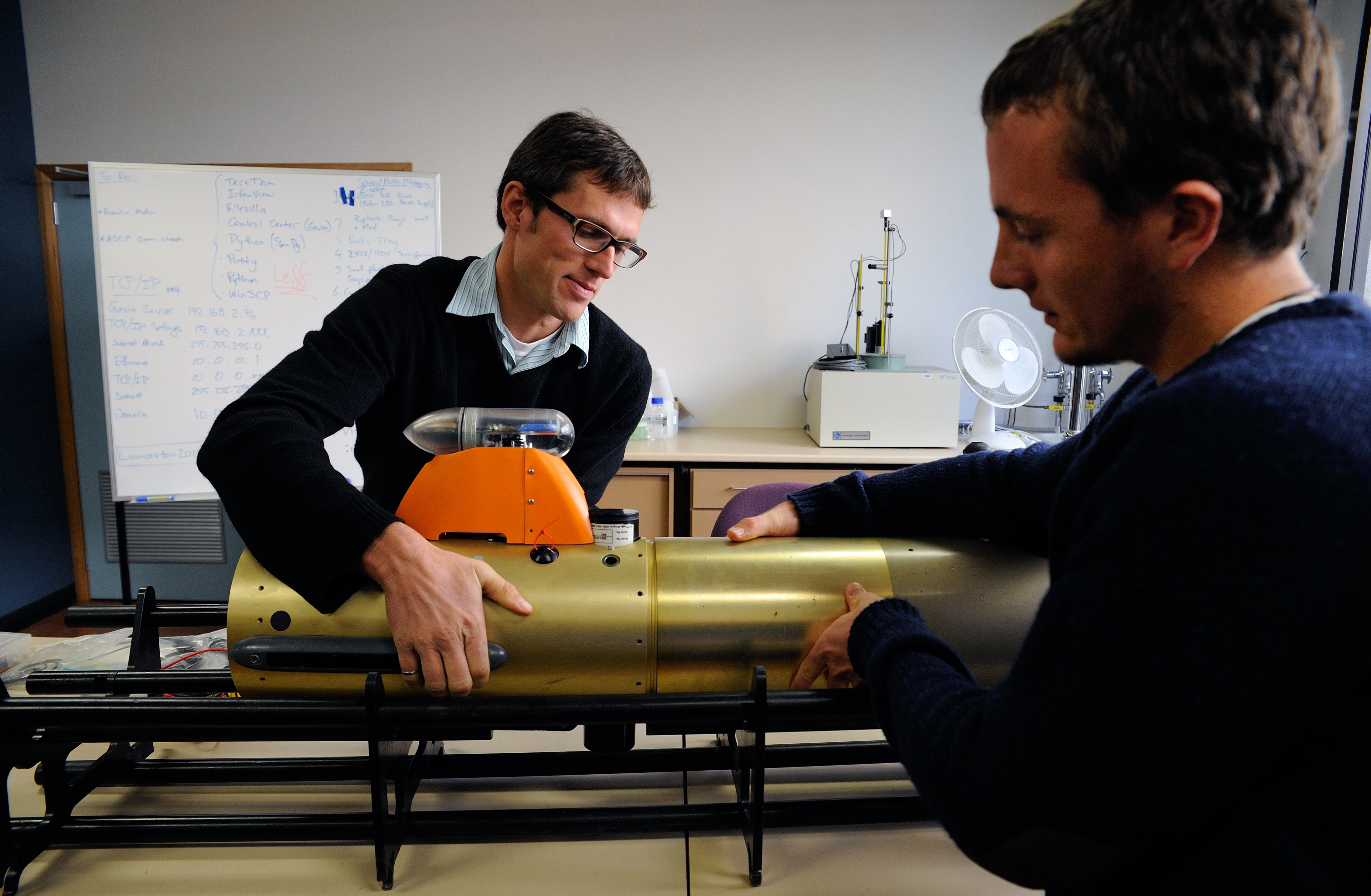
Building works will soon commence on a new $750,000 state-of-the-art facility set to position Tasmania as a world leader in underwater robotic technologies.
30 Nov 2015
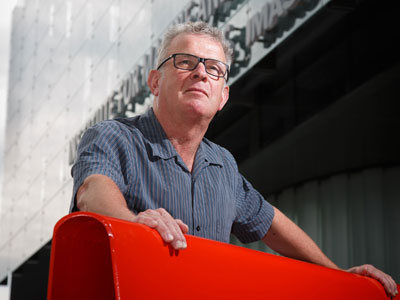
Congratulations to Open Water and Under Ice Foodwebs Theme 2 Leader, Professor Phil Boyd, who has been awarded the prestigious A.G. Huntsman Award for his world-leading contribution to marine sciences. The prestigious award, presented by the Royal Society of Canada, honours marine scientists of any nationality who have had a significant influence on the course of marine scientific thought.
10 Sep 2015
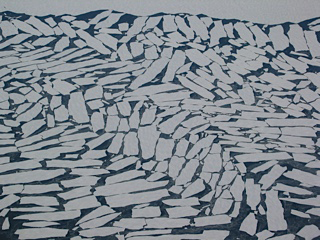
Two new sea ice researchers have been recruited by the University of Tasmania’s Institute for Marine and Antarctic Studies to analyse and provide reports to shipping operators on sea ice conditions, and to conduct sea ice forecasting research in conjunction with the Bureau of Meteorology. The positions are supported under the Australian Research Council's Special Research Initiative for Antarctic Gateway Partnership.
12 May 2015
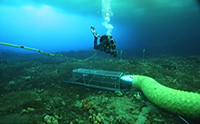
A team of 15 Australian Antarctic Division and Institute for Marine and Antarctic Studies researchers undertook the Antarctic Free Ocean CO2 Enrichment (FOCE) experiment into the effects of ocean acidification over the 2014-14 summer at Casey Station. The work is supported by the Australian Research Council grants under the Linkage Infrastructure, Equipment and Facilities (LIEF) scheme and the Special Research Initiative for Antarctic Gateway Partnership.
22 Apr 2015